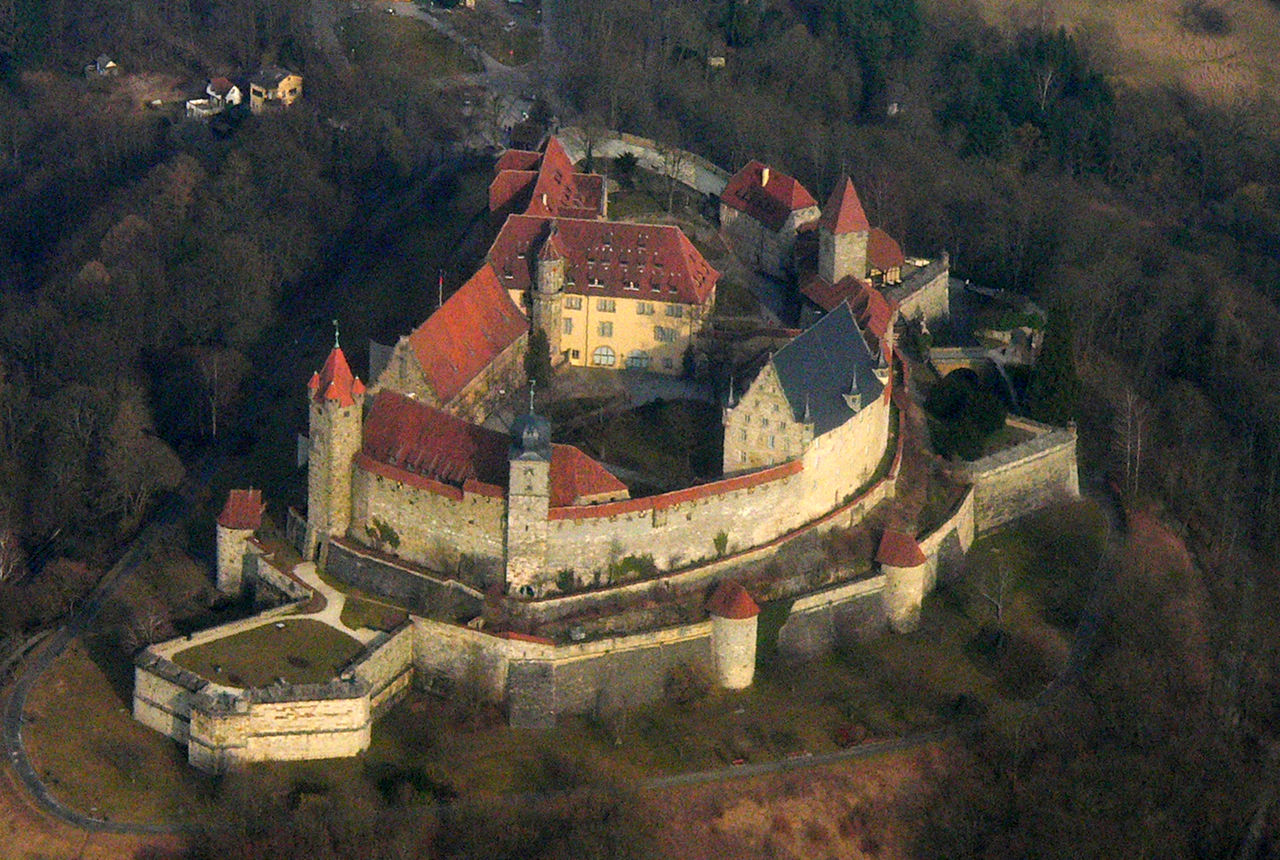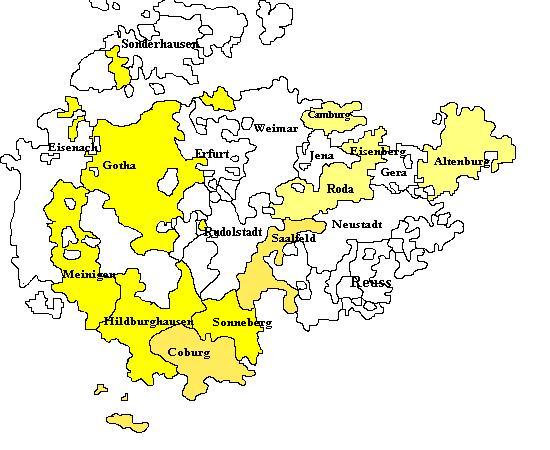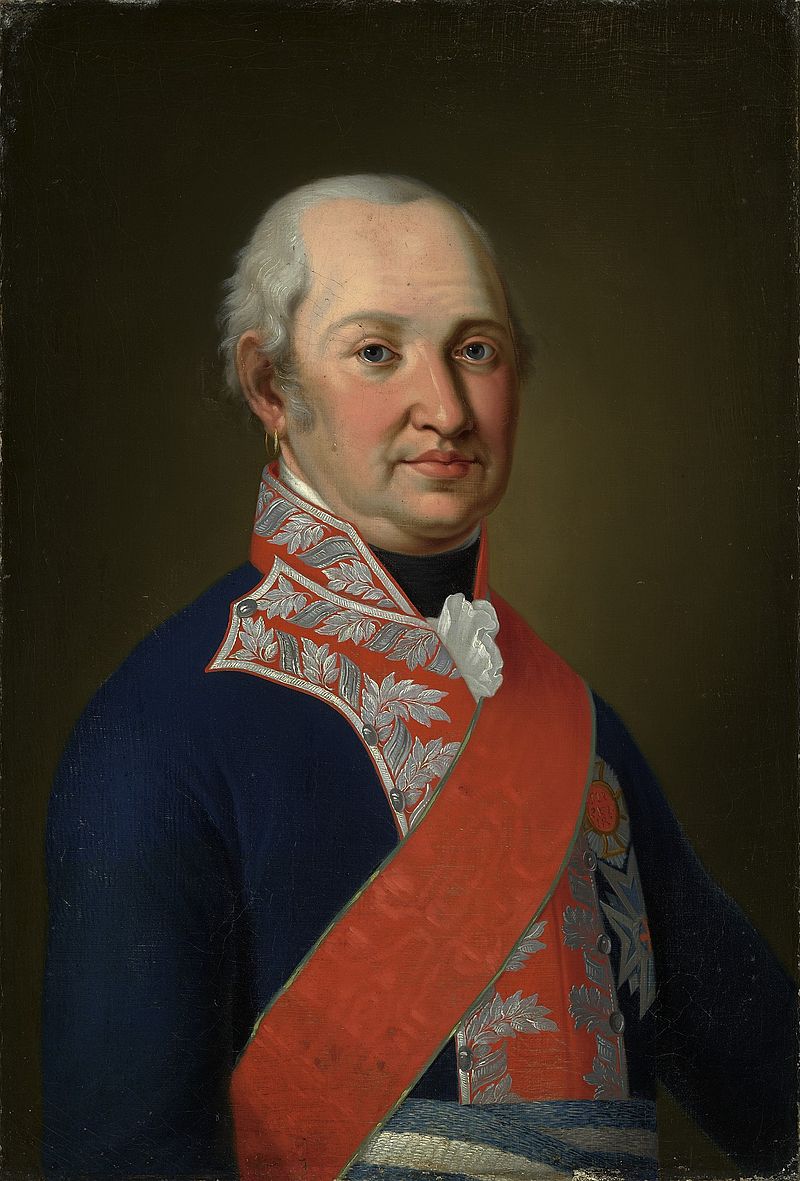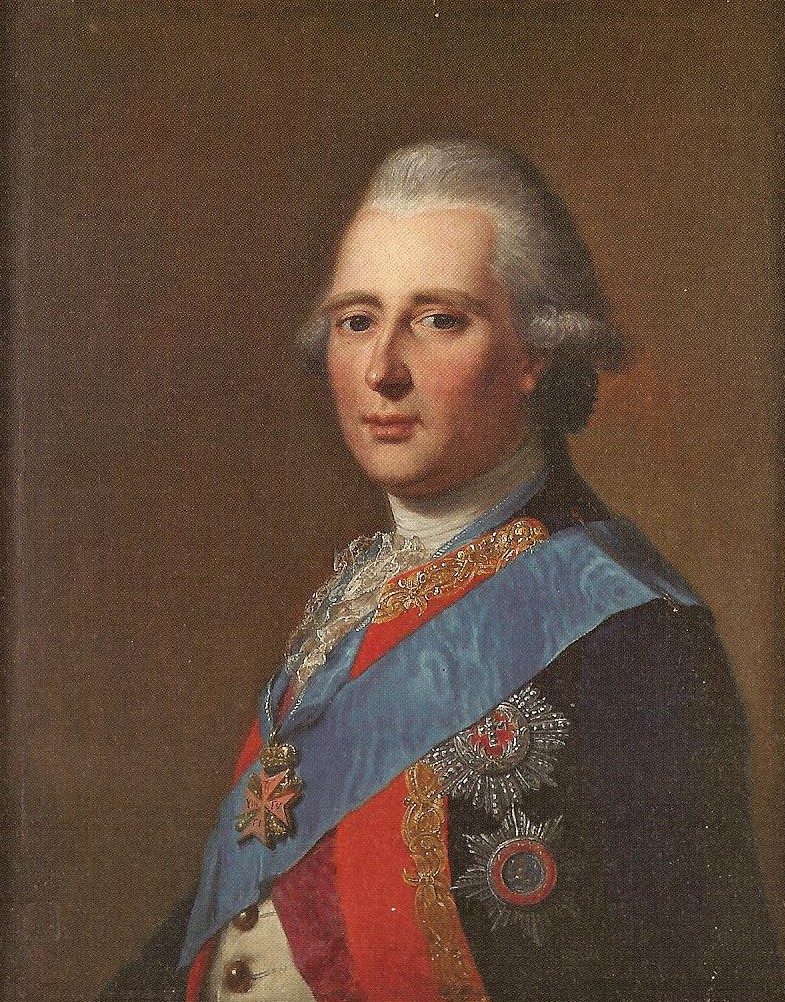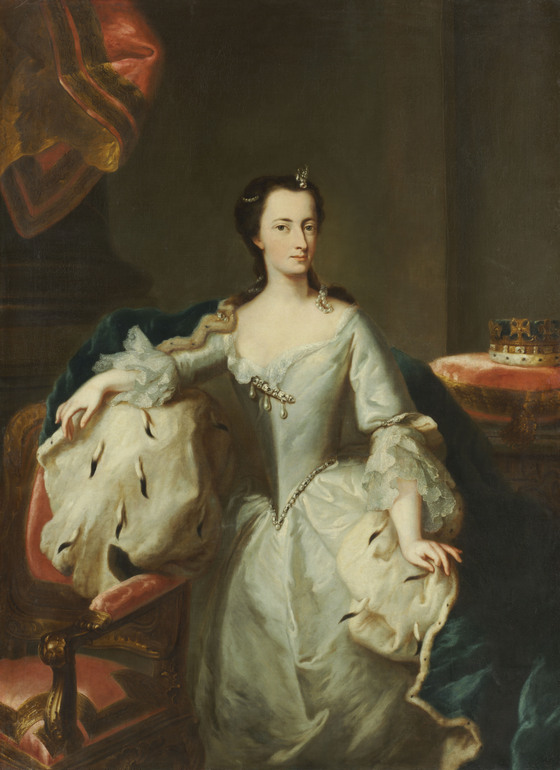by Susan Flantzer © Unofficial Royalty 2019

Credit – Wikipedia
Elizabeth Charlotte of the Palatinate was the second wife of Philippe I, Duke of Orléans, the only sibling of King Louis XIV of France. She was born on May 27, 1652, at Heidelberg Castle in Heidelberg, then in the Electorate of the Palatinate, now in Baden-Württemberg, Germany. Nicknamed Liselotte, she was the only daughter and the second of the three children of Karl I Ludwig, Elector Palatine and Charlotte of Hesse-Kassel, daughter of Wilhelm V, Landgrave of Hesse-Kassel.
Liselotte had two brothers:

Elizabeth Stuart, Electress Palatine, Liselotte’s paternal grandmother; Credit – Wikipedia
Liselotte’s paternal grandmother was Elizabeth Stuart, the daughter of King James I of England and the granddaughter of Mary, Queen of Scots. Liselotte’s paternal aunt Sophia of the Palatinate, Electress of Hanover was the heiress presumptive to Queen Anne of Great Britain in accordance with the Act of Settlement 1701 but Sophia died two months before Queen Anne died. Upon Queen Anne’s death on August 1, 1714, Liselotte’s first cousin succeeded to the British throne as King George I of Great Britain.
Liselotte’s parents did not have a happy marriage. In 1653, her father Karl Ludwig began an affair with Marie Luise von Degenfeld, a lady-in-waiting to her mother. Five years later, Karl Ludwig published divorce documents and declared himself to be married to Marie Luise von Degenfeld, though many questioned the legality of the divorce and considered the marriage to be bigamous. Liselotte’s mother Charlotte lived the next twenty-three years in seclusion, only to emerge after the death of Karl Ludwig when their son became the next Elector Palatine.
Liselotte had thirteen half-siblings via her father’s relationship with Marie Luise von Degenfeld. All of them had the surname “von der Pfalz” and all received the title Raugraf or Raugräfin (Raufgrave or Raufgravine in English). Five of her half-siblings died at an early age. Of the survivors, all five sons died unmarried and childless, four were killed in action as soldiers, and one was killed in a duel. Of the three surviving daughters, only Karoline, the oldest, married.
- Karl Ludwig (1658 – 1688), unmarried, killed in action
- Karoline Elisabeth (1659 – 1696), married Meinhardt Schomberg, 3rd Duke of Schomberg, had four children
- Luise (1661 – 1733), unmarried
- Ludwig (born and died1662), died in infancy
- Amalie Elisabeth (1663 – 1709), unmarried
- Georg Ludwig (1664 – 1665), died in infancy
- Frederike (1665 – 1674), died in childhood
- Friedrich Wilhelm (1666 – 1667), died in infancy
- Karl Eduard (1668 – 1690), unmarried, killed in action
- Sophie (born and died 1669), died in infancy
- Karl Moritz (1671 – 1702), unmarried, killed in action
- Karl August (1672 – 1691), unmarried, killed in action
- Karl Kasimir (1675 – 1691), unmarried, killed in a duel

Sophia of the Palatinate, Electress of Hanover, Liselotte’s favorite aunt; Credit – Wikipedia
Due to the situation with her parents, five-year-old Liselotte was sent off to Hanover to live with her paternal aunt Sophia of the Palatinate, wife of Ernst August, Elector of Hanover, and the mother of the future King George I of Great Britain. Liselotte considered the seven years she lived in Hanover as the happiest years of her life. While living with her aunt, Liselotte was educated by Gottfried Leibniz, one of the most important mathematicians and natural philosophers of the Age of Enlightenment. Leibniz served the House of Hanover as a historian, political adviser, and librarian. Liselotte visited her paternal grandmother, born Elizabeth Stuart, in The Hague in the Dutch Republic and got to know her second cousin Willem III, Prince of Orange, later King William III of England. As a young girl, Liselotte hoped to marry her cousin Willem.
In 1662, Liselotte moved back to Heidelberg and lived with her father, brother, stepmother, and her half-siblings. She did develop relationships with her half-siblings. Liselotte corresponded with several of her half-sisters after her marriage. Her half-brother Karl Moritz was her favorite and he visited her several times at the French court after her marriage.

Liselotte in 1670; Credit – Wikipedia
On June 30, 1670, Liselotte’s first cousin once removed, Henrietta of England, daughter of King Charles I of England, wife of Philippe, Duke of Orléans, and sister-in-law of King Louis XIV of France, died at the age of 26. There were rumors that her husband’s lover Philippe, Chevalier de Lorraine had poisoned her. While Henrietta was mourned at the French court, she was not mourned by her husband due to their strained relationship. Philippe’s brother King Louis XIV wanted a male heir to continue the Orléans line and looked for a second wife for Philippe himself. King Louis XIV rejected many potential second brides for his brother before settling on 18-year-old Liselotte.

Philippe, Duke of Orléans; Credit – Wikipedia
Liselotte had been raised in the Calvinist religion, a form of Protestantism, and yet no one in her family said anything about her marrying a Roman Catholic. Marrying the only sibling of the King of France was obviously a good match. Liselotte converted to Roman Catholicism but the religion never imprinted on her. She was never worried about her salvation, and she was not fond of the long Catholic Masses. On November 16, 1671, Liselotte was married by proxy to Philippe I, Duke of Orléans at Metz Cathedral in northeast France, near the borders of the German territories. At that time, she also received the Roman Catholic sacraments of the Eucharist (Communion) and Confirmation. Three days later, on November 19, 1671, at Saint Etienne Cathedral in Châlons, France, Liselotte and Philippe married in person.
Liselotte acted as a mother to Philippe’s children by his first wife Henrietta and maintained correspondence with them throughout their lives.
Philippe and Henrietta’s children, Liselotte’s stepchildren:

Liselotte with her two surviving children; Credit – Wikipedia
As with his first marriage, Philippe had homosexual affairs but was intent on fulfilling his dynastic responsibility of having children. Philippe and Liselotte had three children:
- Alexandre Louis d’Orléans, Duke of Valois (1673 – 1676), died in childhood
- Philippe II, Duke of Orléans (1674 – 1723) married his cousin Françoise Marie de Bourbon, a legitimized daughter of King Louis XIV and one of his mistresses Françoise-Athénaïs de Rochechouart de Mortemart, Marquise of Montespan, had eight children
- Élisabeth Charlotte d’Orléans (1676 – 1744) married Leopold, Duke of Lorraine, had thirteen children, were the grandparents of Marie Antoinette, Queen of France, born Archduchess Maria Antonia of Austria
Liselotte never felt comfortable at the French court which was governed by rigorous etiquette and where all sorts of intrigues flourished. She did, however, have a good relationship with her brother-in-law King Louis XIV. Liselotte had apartments at the Palace of Versailles and at the Palais-Royal in Paris but her favorite residence, was the Château de Saint-Cloud on the outskirts of Paris, the couple’s main residence when they were not at the Palace of Versailles. After the birth of their three children, Liselotte and Philippe mutually agreed to end marital relations. In 1682, Liselotte was quite distressed that Philippe’s slavish devotion to his lover Philippe, Chevalier de Lorraine upset their “marriage.” She asked King Louis XIV if she could retire to the convent where her paternal aunt Louise Hollandine of the Palatinate was the abbess but Louis XIV refused.
On June 9, 1701, Philippe I, Duke of Orléans died from a stroke at the Château de Saint-Cloud at the age of 60. After Philippe’s death, Liselotte was concerned that she would be forced to retire to a convent as stated in her marriage contract. However, her brother-in-law Louis XIV appreciated her and allowed Liselotte to keep her apartments at all the royal residences and retain her rank. She received funds from Philippe’s estate, King Louis XIV, and her son Philippe II, Duke of Orléans

Liselotte in her later years; Credit – Wikipedia
Liselotte survived Philippe by twenty-one years, dying at her favorite home, the Château de Saint-Cloud, at age 70 on December 8, 1722. She was buried at the Basilica of Saint-Denis near Paris, France. Liselotte and Philippe were the founders of the 4th House of Orléans, sometimes called the House of Bourbon-Orléans, which is still in existence today.

Basilica of St. Denis; Credit – By Thomas Clouet – Own work, CC BY-SA 4.0, https://commons.wikimedia.org/w/index.php?curid=42109690
This article is the intellectual property of Unofficial Royalty and is NOT TO BE COPIED, EDITED, OR POSTED IN ANY FORM ON ANOTHER WEBSITE under any circumstances. It is permissible to use a link that directs to Unofficial Royalty.
Works Cited
- De.wikipedia.org. (2019). Liselotte von der Pfalz. [online] Available at: https://de.wikipedia.org/wiki/Liselotte_von_der_Pfalz [Accessed 26 Jul. 2019].
- En.wikipedia.org. (2019). Charles I Louis, Elector Palatine. [online] Available at: https://en.wikipedia.org/wiki/Charles_I_Louis,_Elector_Palatine [Accessed 26 Jul. 2019].
- En.wikipedia.org. (2019). Elizabeth Charlotte, Madame Palatine. [online] Available at: https://en.wikipedia.org/wiki/Elizabeth_Charlotte,_Madame_Palatine [Accessed 26 Jul. 2019].
- En.wikipedia.org. (2019). Landgravine Charlotte of Hesse-Kassel. [online] Available at: https://en.wikipedia.org/wiki/Landgravine_Charlotte_of_Hesse-Kassel [Accessed 26 Jul. 2019].
- En.wikipedia.org. (2019). Marie Luise von Degenfeld. [online] Available at: https://en.wikipedia.org/wiki/Marie_Luise_von_Degenfeld [Accessed 26 Jul. 2019].
- Flantzer, Susan. (2019). Philippe I, Duke of Orléans. [online] Unofficial Royalty. Available at: https://www.unofficialroyalty.com/philippe-i-duke-of-orleans/ [Accessed 26 Jul. 2019].
- Fr.wikipedia.org. (2019). Élisabeth-Charlotte de Bavière. [online] Available at: https://fr.wikipedia.org/wiki/%C3%89lisabeth-Charlotte_de_Bavi%C3%A8re [Accessed 26 Jul. 2019].
- Fraser, Antonia. (2006). Love and Louis XIV. New York: Nan A. Talese Doubleday.
















